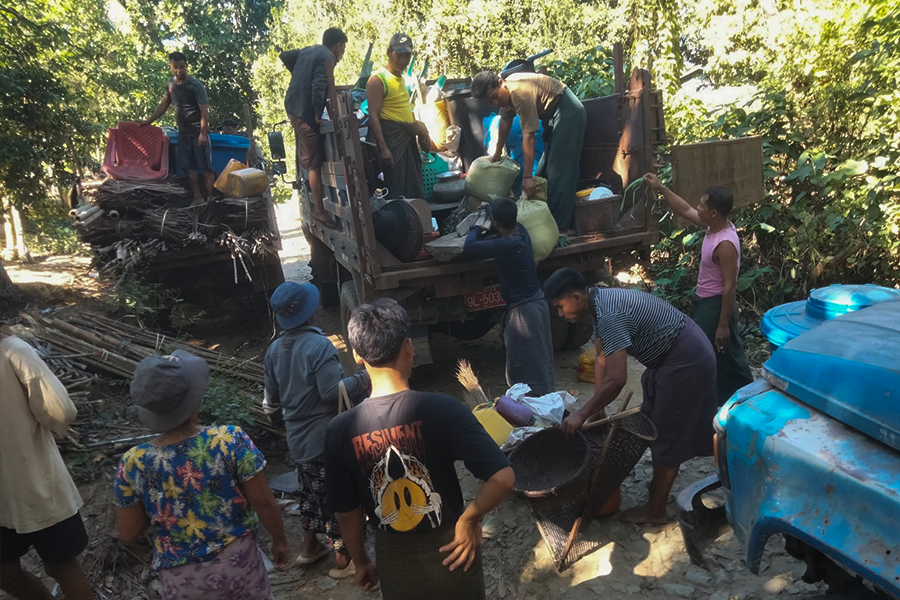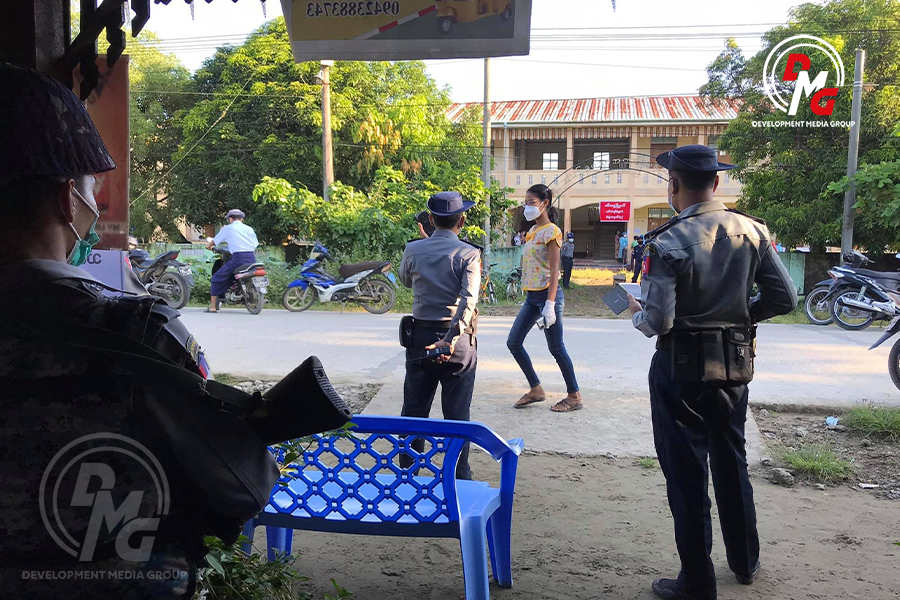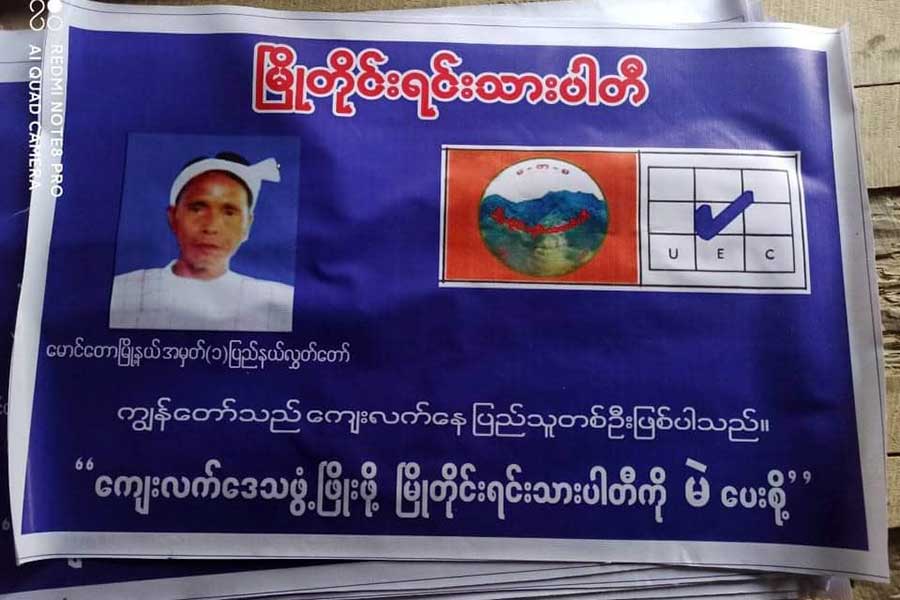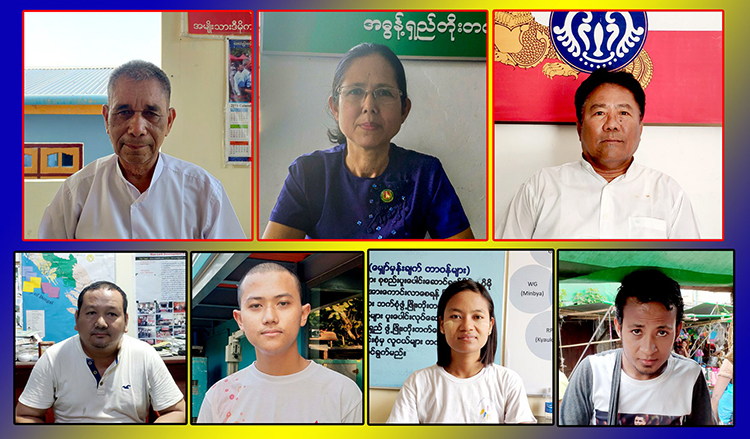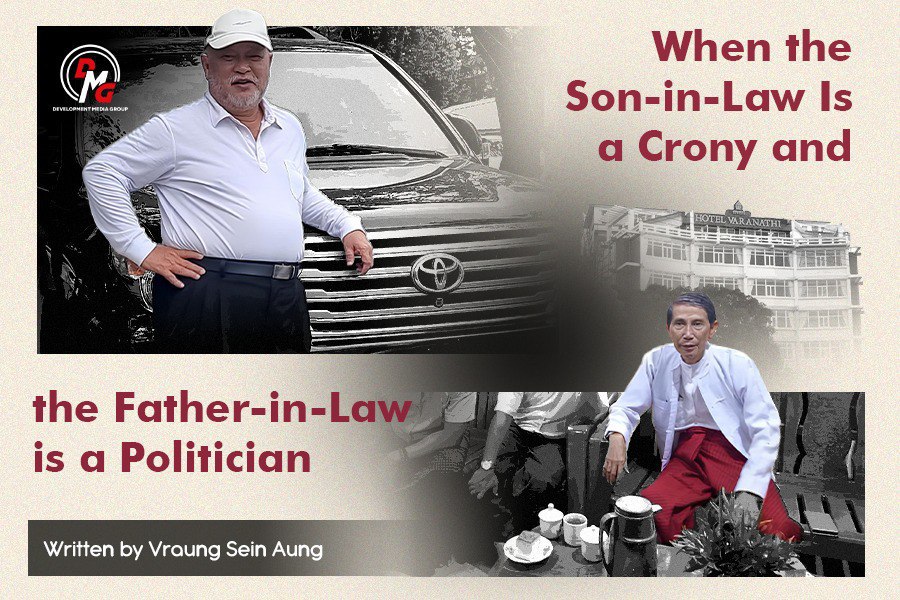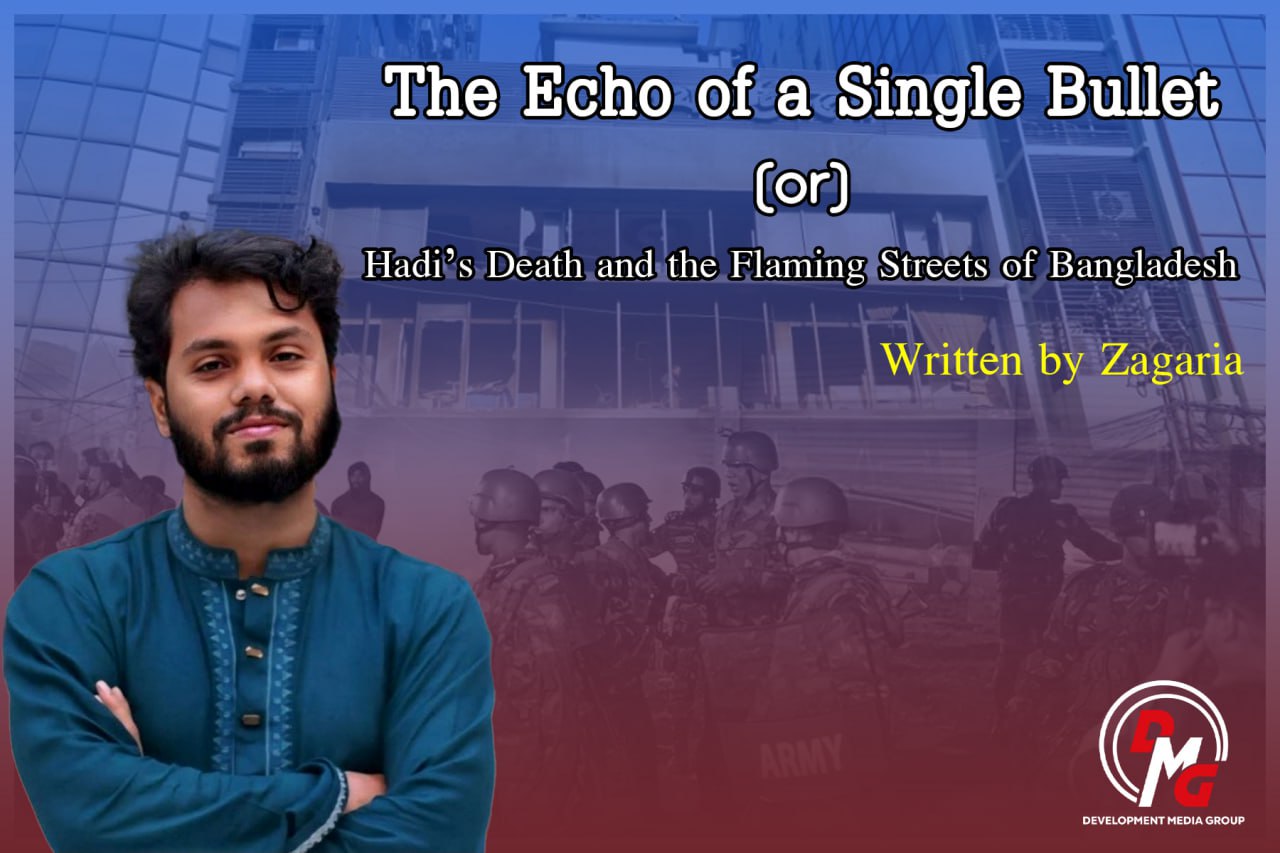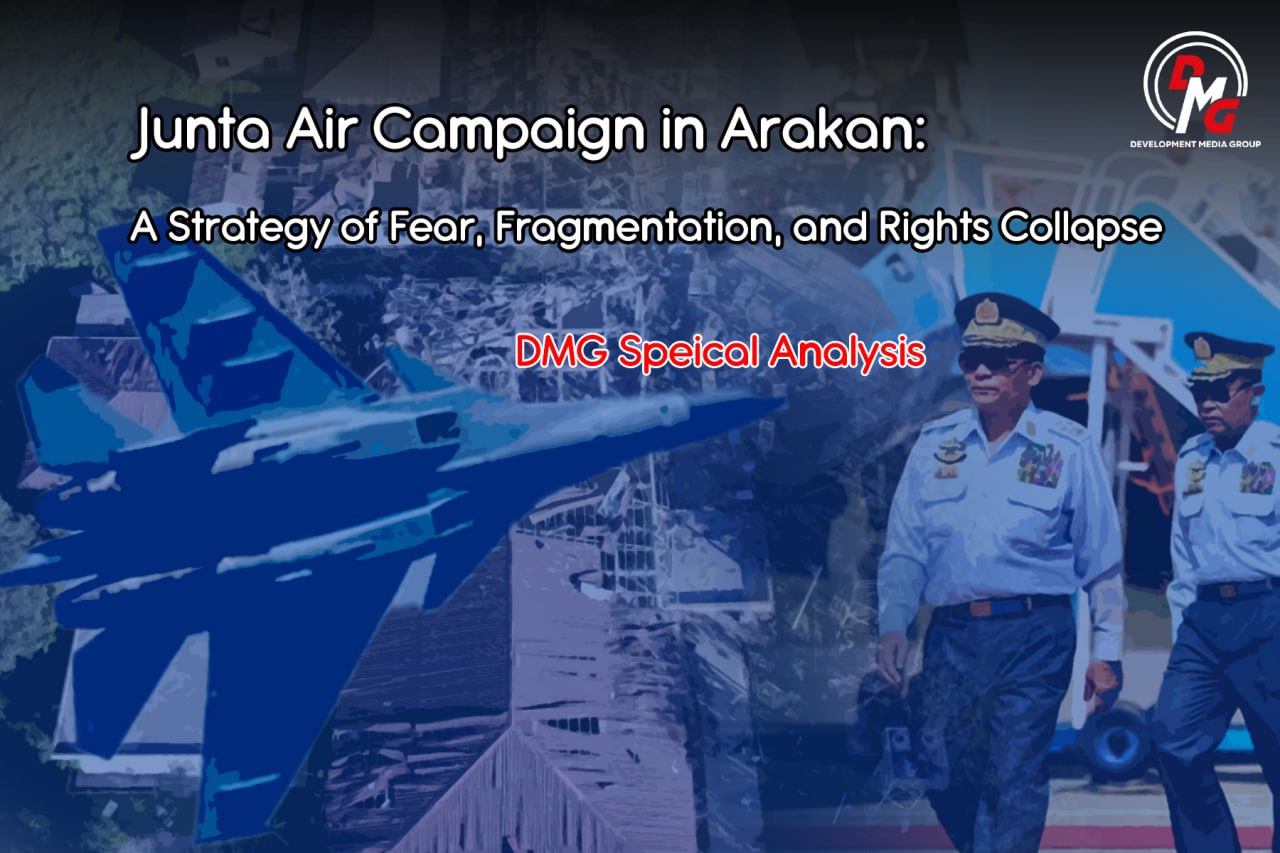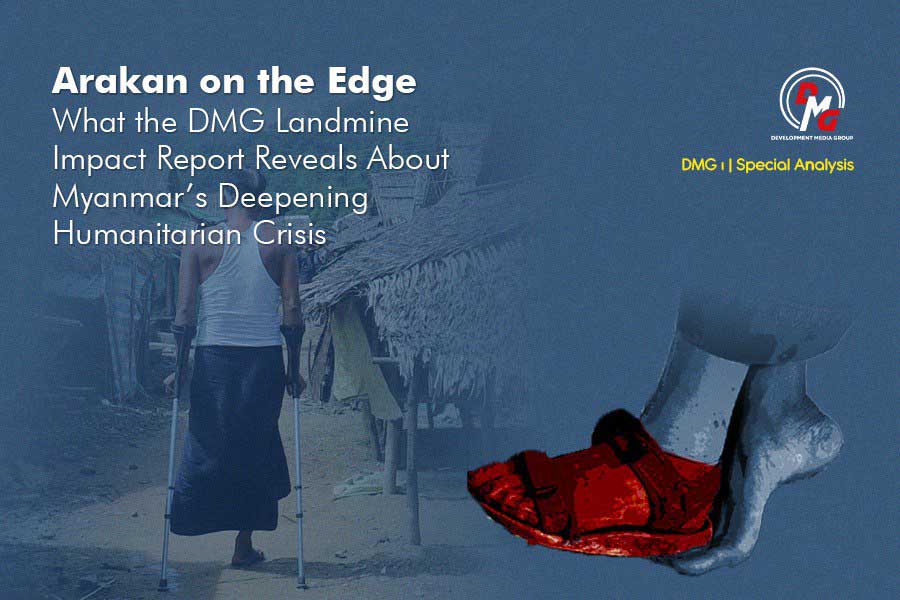- Junta unable to hold elections in dozens of wards and village-tracts in Sittwe, Kyaukphyu
- Fighting escalates between Myanmar military, Arakan Army in Ayeyarwady Region
- Regime steps up civilian arrests in Sittwe
- ULA safeguards Mrauk-U's ancient heritage
- Arakan on the Edge: What the DMG Landmine Impact Report Reveals About Myanmar's Deepening Humanitarian Crisis
Humanitarian mine action identifies solutions to landmine threat
The threat of landmines has worsened in residential and densely populated areas across Myanmar as contamination spreads to every state and region in the country.
10 Sep 2025
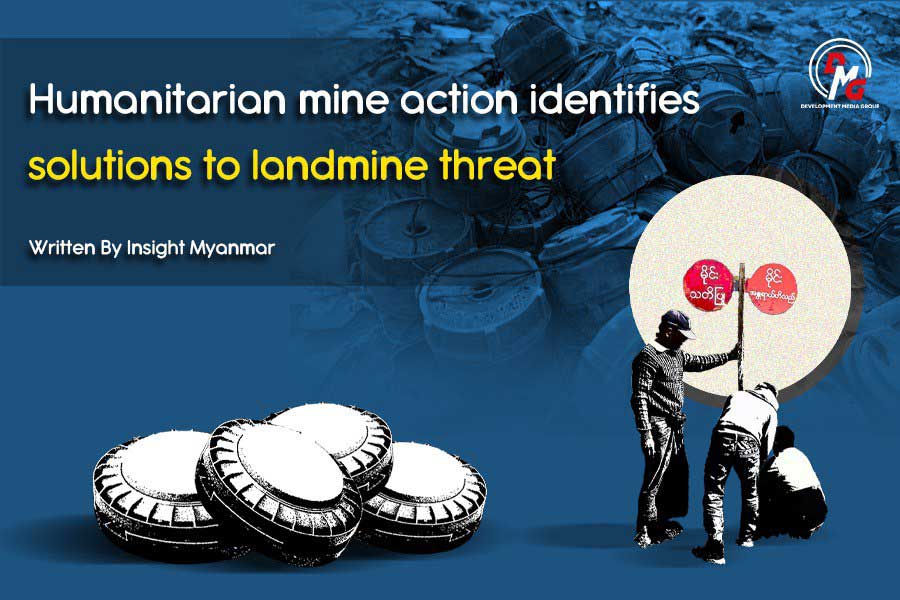
Written by Insight Myanmar
The threat of landmines has worsened in residential and densely populated areas across Myanmar as contamination spreads to every state and region in the country. The ongoing conflict and lack of coordinated policy prevent a wide spectrum of mine action, such as de-mining and surveying contamination, with humanitarian actors focused on support for survivors and limiting harm for current and future generations.
There are two global trends in landmine use, according to Bekim Shala, a consultant with the advocacy initiative Community Safety Partnerships, which works to reduce the use of landmines in Myanmar and open dialogue on future de-mining. First, mines have limited military utility. Second, civilians suffer the most, with many incidents occurring when displaced people return to contaminated areas.
Landmines have been used in Myanmar for decades, as a persistent threat to civilians mainly in the Southeast, Kachin, Rakhine, and Shan States. Since the attempted military takeover in 2021, the conflict has seen a sharp rise in use across the country, with the 2024 Landmine Monitor report finding that Myanmar recorded the worst annual casualties from landmines and explosive remnants of war in the world for the first time.
Myanmar is not a signatory to the international 1997 Mine Ban Treaty and the military does not allow de-mining or surveys of landmine-contaminated areas. Shala, who previously served as the coordinator for humanitarian mine action in the country, described Myanmar as "the most difficult, most challenging context internationally to reach people on humanitarian mine action", in an interview with Insight Myanmar as part of the "Navigating a Minefield" podcast series.
An unusual feature of Myanmar's conflict is unpredictable and irregular mining, which Shala described as "mining that follows absolutely no pattern whatsoever. It's just people placing one or two three landmines here, around this path, one, two, or three landmines in the corner of that well, or corner of the house, just sparsely laid, following no pattern." The arbitrary placement makes future clearance much more challenging, while civilians face risks and uncertainty outside known mined areas.
Children make up a disproportionately large number of landmine and explosive ordnance casualties. The consequences of mining extend from the deaths and injuries to the challenges faced by survivors, the climate of fear for people living in mined areas, and the "lethal barrier" described by the Landmine Monitor to implementation of the Sustainable Development Goals and post-conflict resolution.
Humanitarian actors are engaging simultaneously with the military and armed resistance groups advocating to limit the use of landmines. "Even if we cannot stop weapon bearers using landmines, what we're trying to do is get them to reduce the number of landmines, not use them in areas near schools, near health clinic centers, or areas which are used heavily by civilians," Shala said. "Anything we can do so [armed parties] are more conscious, and their behavior changes, and they use them less. It just cuts decades from the other end in terms of how long it takes to clear them, not just in terms of time, but also investment."
The 2025-26 humanitarian mine action strategy focuses on expanding explosive ordnance risk education for communities, advocating for policy changes to allow de-mining and limiting the use of landmines, and providing comprehensive support and rehabilitation for survivors. Shala identified survivor rehabilitation and reintegration into society as an area that required more international support, complementing the risk education currently reaching about 500,000 people across the country.




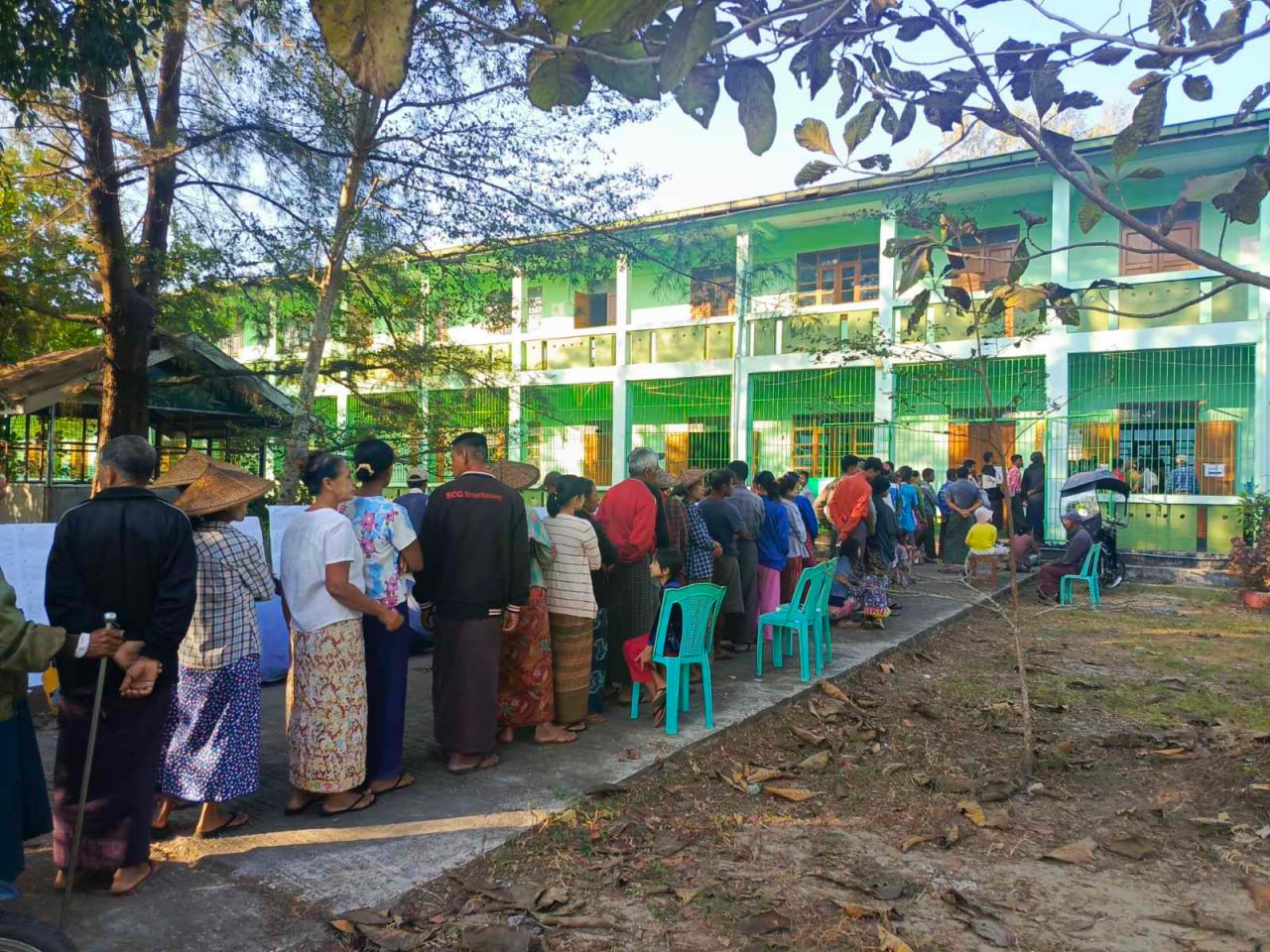
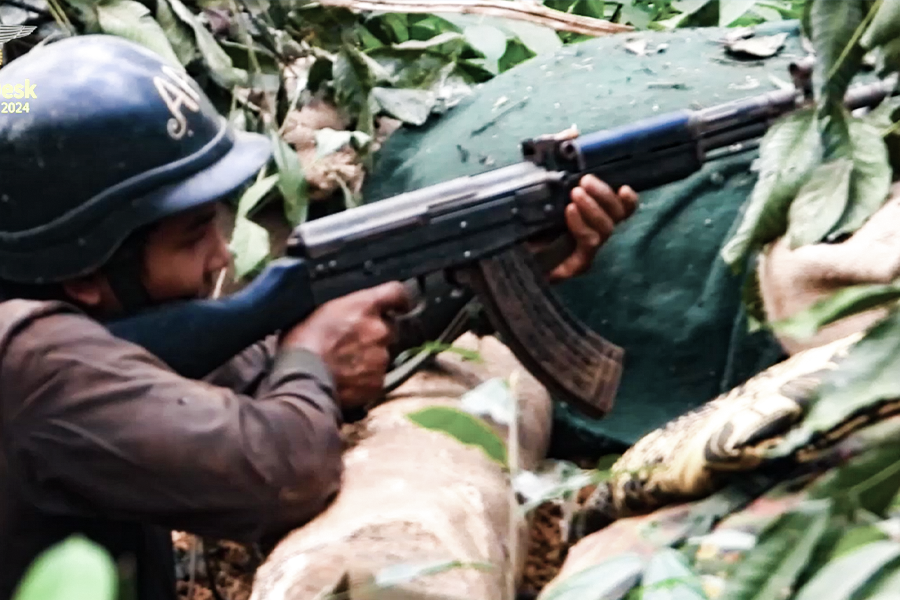
-1.jpg)
